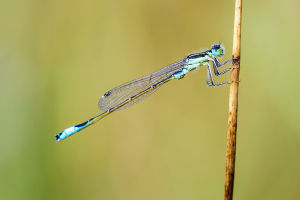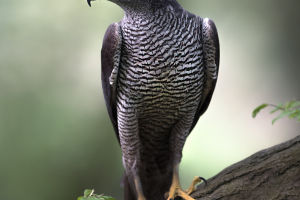Deer Diversity Unveiled
Deer have long been celebrated as symbols of auspiciousness in traditional cultures, and they are admired for their elegant posture and striking antlers.
Their graceful presence and ecological roles make them significant in cultural and natural contexts.
There are 55 known species of deer globally, with nearly half of these species found in China. This makes China the leader in deer diversity worldwide. Here, Lykkers, we will explore some of the major deer species, highlighting their characteristics and distributions.
Sika Deer
The sika deer is one of our country's most representative deer species. Historically, it was widely distributed, but overhunting has significantly reduced its numbers in many areas. However, thanks to years of conservation and reintroduction efforts, their populations have been rebounding.
Sika deer are medium-sized, characterized by their maroon body hair adorned with irregular white spots that resemble plum blossoms. This unique pattern adds to their elegance and charm.
In winter, the sika deer's coat color changes to chestnut brown or gray-brown to adapt to the colder climate. The once-prominent white spots become blurred or may even disappear entirely.
One of the most striking features of the sika deer is the antlers of the males. In spring, male sika deer grow tender antlers covered with downy hairs. These soft antlers are warm to the touch due to the underlying blood circulation.
By fall, the antlers harden and become crucial tools for male deer during the rutting season. After the rut, the antlers are shed and regrow the following year.
Red Deer
The red deer is significantly larger than the sika deer, with a weight that can be nearly twice as much. Red deer have a robust build, featuring long, strong legs and a short tail.
The antlers of male red deer are enormous, often with up to 10 prongs and weighing as much as 10 kilograms. Their coat color varies from gray-brown or tawny in winter to auburn in summer, with prominent khaki spots on their buttocks for identification.
A notable difference between Gansu red deer and Northeastern red deer is the color of their rump spots. Northeastern red deer have earthy yellow spots, whereas Gansu red deer have white rump spots, earning them the nickname "white-rump deer."
Moose
The moose is the biggest member of the deer family. Its shoulder height can reach up to 2 meters, and it weighs between 200 and 500 kilograms.
The moose's antlers are wide and shovel-shaped, extending up to 1 meter in length and weighing between 30 and 40 kilograms. Its tall stature and long limbs give it a camel-like appearance with a pronounced shoulder hump.
Moose are classified into two main species: the American moose, found in North America, and the Eurasian moose, present in Eurasia, including northern Xinjiang in China.
The moose's long face and distinctive drooping "wattles" on its jaw are characteristic features. They primarily feed on young branches and leaves of woody plants, require ample water to consume aquatic plants in summer, and rely on moss during winter.
Roe Deer
The roe deer is somewhat smaller than the sika deer, with a triangular head and a black nose. The male roe deer typically has only three prongs on its antlers.
Its body hair is light brown, with a white spot on the buttocks. Roe deer are distributed across the Northeast regions of China, North China, and parts of Southwest China.
Roe deer are highly adaptable, thriving in a variety of habitats including mixed forests, shrubs, and plains. Their diet mainly consists of shrub twigs and grass. Roe deer are known for their alertness and well-developed senses of vision, hearing, and smell.
These deer play crucial roles in their ecosystems but face threats from habitat loss and overhunting. Understanding and protecting these magnificent animals is vital for maintaining ecological balance and preserving our natural heritage.


